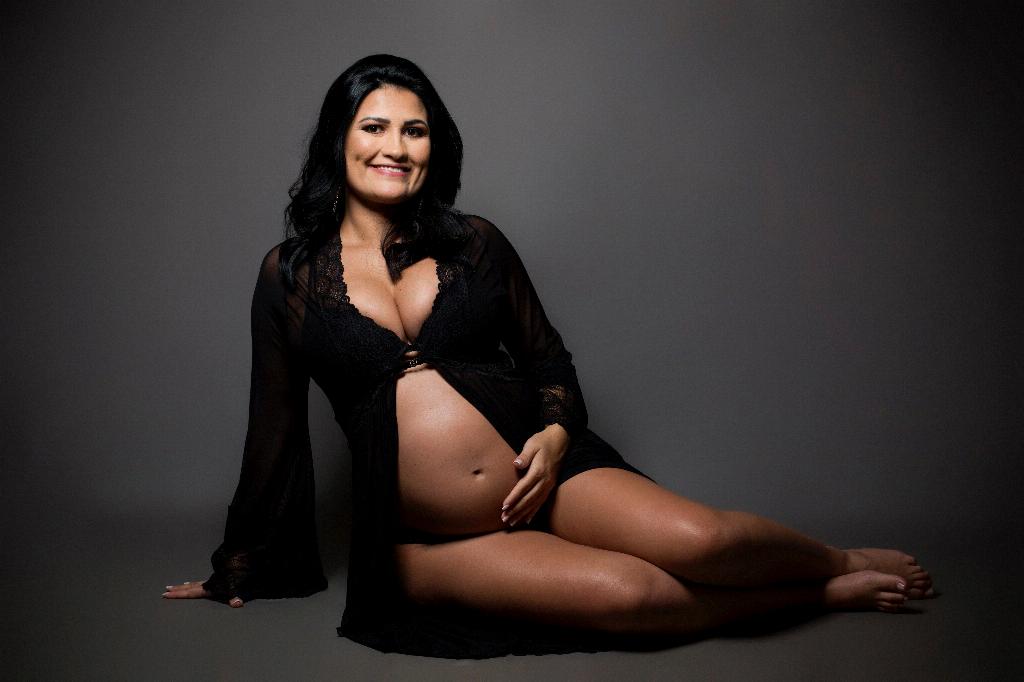Ensuring a healthy and well-balanced diet is crucial during pregnancy. The food you consume plays a significant role in the development of your baby and your overall well-being. Following a pregnancy diet chart can help you provide your body with the essential nutrients it needs during this critical period.
Focusing on Nutrient-Rich Foods
One key aspect of the pregnancy diet chart is consuming a variety of foods to ensure you receive all the necessary nutrients. Aim for a balanced diet that includes 6 to 11 servings of breads and grains, 2 to 4 servings of fruit, four or more servings of vegetables, four servings of dairy products, and three servings of protein sources daily.
Importance of Breads and Grains
Breads and grains are significant sources of energy and provide essential nutrients like fiber, iron, and B vitamins. Opt for whole grains such as whole wheat bread, brown rice, and oats to maximize nutritional benefits.
Incorporating Fruits and Vegetables
Fruits and vegetables are rich in vitamins, minerals, and antioxidants that promote a healthy pregnancy. Include a variety of colorful fruits and vegetables in your meals to ensure you are getting a range of nutrients.
Meeting Your Dairy Needs
Dairy products are vital for calcium and vitamin D, which are crucial for the development of your baby’s bones and teeth. Incorporate milk, yogurt, and cheese into your diet to meet your dairy requirements.
Getting Adequate Protein
Protein is essential for the growth and repair of tissues in both you and your baby. Include sources of protein such as lean meats, poultry, fish, eggs, beans, and nuts in your daily meals.
Moderating Fat and Sweets
While fats and sweets can be enjoyed in moderation, it is important to limit their consumption during pregnancy. Opt for healthy fats from sources like avocados, nuts, and seeds, and indulge in sweets as an occasional treat.
Staying Hydrated
Proper hydration is essential during pregnancy to support your bodily functions and ensure the delivery of nutrients to your baby. Aim to drink plenty of water throughout the day and incorporate hydrating foods like fruits and vegetables into your diet.
Listening to Your Body
During pregnancy, it is crucial to listen to your body’s cues and eat when you are hungry. Pay attention to your hunger and fullness signals, and ensure you are nourishing yourself and your baby adequately.
Consulting with a Healthcare Provider
It is advisable to consult with your healthcare provider or a nutritionist when creating a pregnancy diet chart. They can provide personalized recommendations based on your individual nutritional needs and help address any dietary concerns you may have.
Conclusion
Following a pregnancy diet chart that emphasizes nutrient-rich foods, moderation in fats and sweets, and proper hydration can help you maintain a healthy pregnancy. Prioritizing a balanced diet and seeking guidance from healthcare professionals can ensure you and your baby receive the essential nutrients needed for a successful pregnancy.

